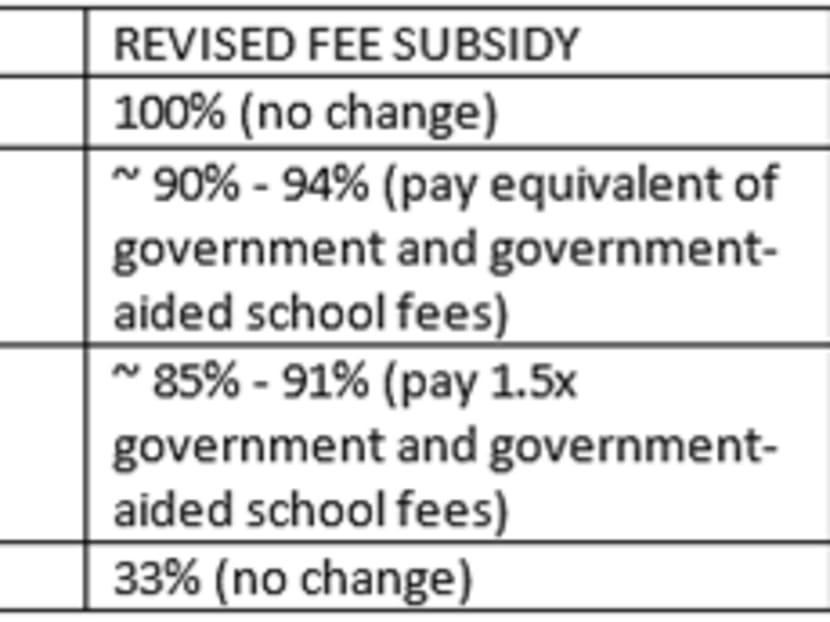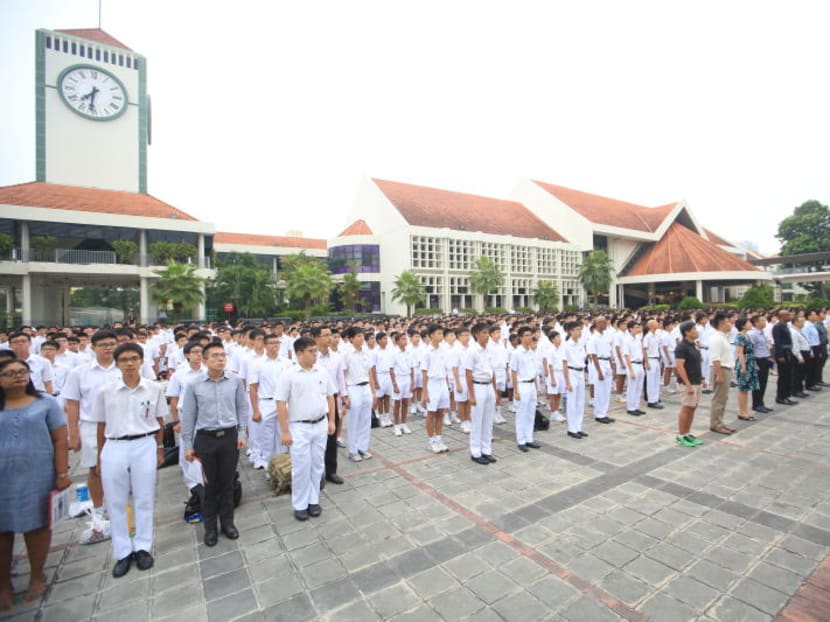Lower fees in independent schools for children in low- and middle-income families
SINGAPORE — From next April, children from low- and middle-income families will receive higher subsidies to attend independent schools, with their fees being slashed by more than half in some cases.
SINGAPORE — From April next year, children from low- and middle-income families will receive higher subsidies to attend independent schools, with their fees being slashed by more than half in some cases.
The move, announced by Education Minister Ong Ye Kung on Thursday (Dec 27) at a principals’ appointment ceremony, is aimed at promoting greater diversity in these elite schools, while ensuring youths are not deprived of opportunities due to their financial backgrounds.
Mr Ong noted that 7.5 per cent of students living in one- to three-room Housing and Development Board (HDB) flats made it into the top 20 per cent in the Primary School Leaving Examination.
“We should ensure that they can enter (the independent) schools if they want to”, he said.
WHAT YOU NEED TO KNOW
Fee subsidies for students from low- and middle-income families who want to attend independent schools will be raised by between 4 and 21 percentage points from April 2019.
The new subsidies apply to these eight independent schools — Anglo-Chinese School (Independent), Hwa Chong Institution, Methodist Girls' School, Nanyang Girls' High School, Raffles Girls' School, Raffles Institution, Singapore Chinese Girls' School and St Joseph's Institution; and two specialised independent schools: NUS High School and the School of Science and Technology .
For instance, Raffles Institution charges S$335 a month in fees. Students from households with a per capita income of between S$691 and S$1,000 now pay S$33.50 a month. With the new subsidies, they will pay S$25.
Students from families with a per capita income of between S$1,001 and S$1,725 will pay S$37.50, down from S$100.50 currently.
Fees for students from households with a per capita income of $690 and below are already fully subsidised now. But these students will soon be able to benefit from a new S$800 annual scholarship to help with out-of-pocket expenses too.
To give children from disadvantaged households a leg up, the Government has set up an inter-agency group called Uplift, short for or Uplifting Pupils in Life and Inspiring Families Taskforce. Its objective is to improve students’ motivation and tackle absenteeism and drop-out rates among children from disadvantaged families.
HIGHER FEE SUBSIDIES AT INDEPENDENT SCHOOLS

WHAT THEY ARE SAYING
Education Minister Ong Ye Kung said: ""Popular schools, such as certain independent schools, are attracting a greater proportion of students from families with higher socio-economic status. So, diversity in these schools has gone down over the years.”
He noted that this is a common occurrence in developed societies around the world, but is a trend that Singapore should arrest.
“Successful parents have more resources to invest in their children, they pass on their social capital, and send them to the popular schools, which become less open and diverse over time. We cannot blame parents for wanting the best for their children, but we need to work hard against this trend," he said.
WHY IT MATTERS
Income inequality and social mobility have been major topics of discussion in Singapore this year, with Mr Ong previously saying that tackling these issues is a national priority.
He noted that social stratification is starting to take root and threatens social cohesion.
Government leaders say this is already apparent in top schools, which are increasingly less diverse, with the majority of students coming from wealthy households.







